











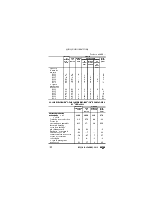
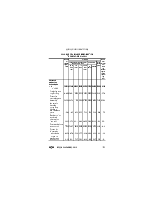
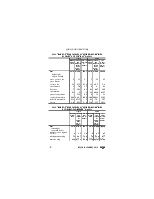




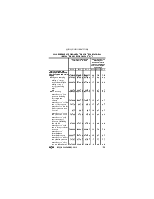

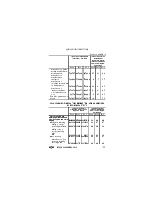

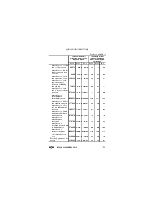
22. SCIENCE AND INNOVATIONS
This section represents statistical data related to the state and development of scientific and innovatory potential of Russia.
Statistical data cover organizations performing scientific researches and development. These organizations are classified according to the following sectors of performance: state, entrepreneurial, higher vocational, non-commercial organizations.
The state sector includes: organizations of Ministries and Departments ensuring the state governing and meeting demands of the society as a whole; non-profit organizations which completely or mostly are financed and controlled by the Government.
The entrepreneurial sector includes: all organizations with the main activity associated with production of goods or services for sale, including those of state property; non-commercial organizations rendering services to above-mentioned organizations.
The higher vocational sector comprises: universities and other higher education institutions (establishments) regardless of sources of funds and legal status and also controlled by them or associated with them scientific-research institutes, experimental stations, clinics.
Non-commercial sector consists of organizations, which do not the aim of yielding a profit (professional societies, public organizations, institutions, autonomous non-commercial organizations, funds etc.) and private individual organizations.
Personnel engaged in research and development (R&D) activities includes persons whose creative activity on the systematic basis is directed at the increase of the stock of scientific knowledge and search of the new fields of using this knowledge, and those who are engaged in rendering direct services associated with performance of R&D activities. In statistics the personnel engaged inR&D activities is recorded as the number of payroll employees at respective divisions of organizations which performR&D activities: higher education institutions, industrial enterprises, etc.
There are the following four categories of personnel engaged inR&D work: researchers, technicians, auxiliary personnel and other personnel.
Researchers are the employees who are engaged in professional job on R&D activities and directly create new knowledge, products, methods and systems and also who manage the specified above activities. Researchers usually have completed higher education.
Technicians – persons, who take part in R&D activities performing technical functions, usually under the control of researchers.
Supporting personnel - persons who carry out auxiliary functions connected with the performance of R&D activities: employees of planning and economics, financial divisions, patent services, divisions on scientific and technical information, scientific and technical libraries; workers who are engaged in mounting, adjustment, repair and maintenance of scientific equipment and appliances; workers, who are engaged in empirical (experimental) production; laboratory assistants who have neither higher nor secondary specialized education.
Other personnel - employees of every day business services, connected with the activities of organizations as a whole (employees of accounting units, personnel and office support services, material and technical supply services, typists, etc.).
Expenditures of the federal budget on the civil science –funds allocated to scientific organizations from the federal budget for fundamental and applied scientific civil researches.
Intramural expenditures for R&D activities are the expenditures on the performance of R&D work by own manpower of organizations including both current and capital expenditures during the reference year independently on the source of financing.
Post-graduate courses – basic form of training of teaching and academic staff in higher vocational and additional vocational educational institutions and scientific organizations in the system of post-graduate vocational education. It is carried out by branches of science and scientific specialties in line with the acting Nomenclature of specialties for scientists. Post-graduate courses are taken by students with higher education. Training is carried out by day-time and correspondence forms of education.
Advanced production technologies mean technologies and technological processes including machines, apparatus, equipment and devices based on microelectronics or controlled b computers, used for design work, production or processing of products.
For Russia a new technology is the technology which has no domestic analogues.
Fundamentally new technology is the technology, which has no analogues, both domestic and foreign, created forthe first time, possessing the new quality characteristics, meeting the requirements of the modern level or predominating it. The new technology should base on big pioneer or high-resulting inventions.
Cost of a subject of an agreement is a total cost of an agreement quoted in the agreement (contract).
Gains (payments) for the year are understood as the sums of all gains
Уважаемый посетитель!
Чтобы распечатать файл, скачайте его (в формате Word).
Ссылка на скачивание - внизу страницы.